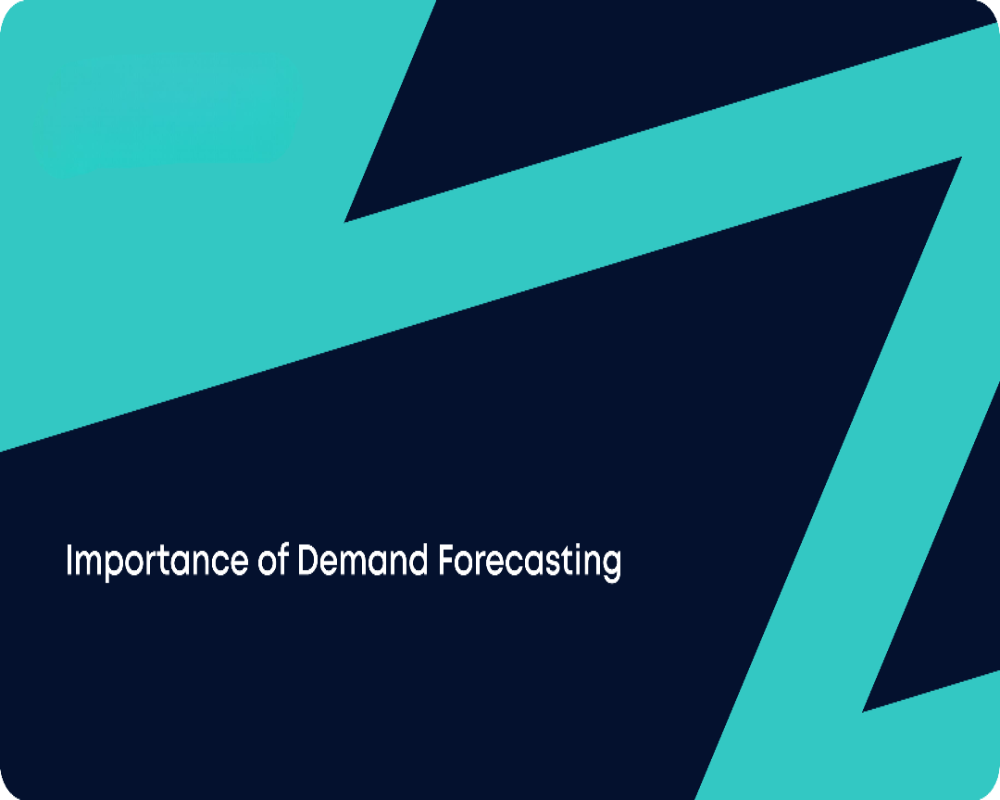Introduction
Demand forecasting is a fundamental component in determining the viability of any real estate development project. It involves the systematic estimation of future market demand for a specific type of development—whether residential, commercial, industrial, or mixed-use—based on a range of demographic, economic, social, and market variables. The purpose of demand forecasting is to minimize investment risk, guide strategic planning, and align development proposals with actual needs and opportunities. Without accurate demand forecasts, developers may overbuild, misjudge market timing, or pursue projects that fail to generate sustainable returns. Therefore, establishing a reliable demand forecasting process is essential for ensuring development viability and long-term success.
Analyzing Demographic Trends
One of the first steps in demand forecasting is understanding the demographic trends in the target area. This includes evaluating population growth, household formation rates, age distribution, migration patterns, and income levels. For example, a city with a growing population of young professionals may indicate demand for compact urban housing or co-working spaces. Conversely, an aging population may point toward increasing demand for healthcare facilities, assisted living, or age-friendly infrastructure. Demographics provide the foundational context for determining who the end-users will be and what types of spaces they are likely to need.
Evaluating Economic Indicators
The economic health of a region is a key driver of real estate demand. Forecasting should incorporate indicators such as employment growth, job diversity, income trends, and industry expansion. High employment and rising incomes generally lead to increased demand for housing, retail, and office space. Economic diversification can also signal resilience and future potential; for instance, cities with growing tech or healthcare sectors often experience stronger demand for Class A office spaces, residential units, and service-oriented commercial establishments. Inflation rates, interest rates, and consumer confidence indexes also help gauge market capacity and timing.
Understanding Market Supply and Absorption
Demand cannot be evaluated in isolation—it must be understood in relation to current and future supply. Supply-side analysis includes inventory levels, construction pipelines, vacancy rates, and absorption rates. Absorption measures how quickly space is being rented or sold, indicating how much unmet demand exists. For example, if residential units in a submarket are selling faster than they are being built, this points to a demand-supply gap that a new development could fill. On the other hand, high vacancy or sluggish absorption could suggest market saturation or misalignment with consumer preferences.
Consumer Behavior and Lifestyle Shifts
Modern demand forecasting must also account for shifts in consumer preferences and lifestyle changes. The rise of remote work, demand for walkable communities, increased emphasis on health and wellness, and the growth of e-commerce are all trends that affect what kinds of developments are viable. For example, an increase in remote workers may reduce long-term demand for traditional office space while boosting demand for flexible, live-work environments. Lifestyle preferences also impact amenities, design features, and location choices, all of which should be considered in forecasting exercises.
Use of Data Tools and Predictive Modeling
Accurate demand forecasting increasingly relies on sophisticated data tools and predictive models. Geographic Information Systems (GIS), market intelligence platforms, and proprietary real estate analytics software enable developers to map demographic and economic trends, analyze competitor activity, and simulate various development scenarios. These tools use historical data and algorithmic modeling to predict future demand under different market conditions. Sensitivity analysis can also be employed to test how changing assumptions—like population growth rates or employment shifts—might impact projected demand.
Stakeholder and Community Input
While quantitative data is critical, qualitative insights from local stakeholders, community leaders, and industry experts add depth to demand forecasting. Community engagement can reveal unmet needs, preferred amenities, and potential challenges that data alone may not capture. For example, a local government might indicate plans for transit expansion, which could enhance the viability of higher-density residential or mixed-use development in the surrounding area. Collaborating with local partners can ensure that the development aligns with broader planning objectives and gains community support.
Scenario Planning and Risk Management
Given the uncertainties inherent in forecasting, scenario planning is an effective method to assess demand under various future conditions. Developers can model best-case, worst-case, and most likely scenarios based on different assumptions. This helps in preparing contingency plans, adjusting project scale or phasing, and making informed investment decisions. Forecasts should be updated periodically to reflect new data and evolving conditions, ensuring that the development strategy remains relevant and resilient.
Conclusion
Establishing demand forecasting is an essential process for evaluating the viability of real estate development projects. It provides a forward-looking view of market potential by analyzing demographic trends, economic indicators, supply conditions, consumer behavior, and stakeholder insights. Accurate and dynamic forecasting not only guides project planning and design but also reduces financial risk and enhances decision-making. In a fast-changing urban and economic landscape, demand forecasting offers developers the clarity and confidence to pursue projects that meet real needs, capture market opportunity, and deliver sustainable value over time.
Hashtags
#DemandForecasting #DevelopmentViability #MarketAnalysis #BusinessStrategy #DataDriven #SupplyChainManagement #PredictiveAnalytics #EconomicForecasting #ProjectPlanning #InvestmentStrategy #MarketTrends #BusinessGrowth #RiskManagement #FinancialPlanning #OperationalEfficiency #StrategicPlanning #DataInsights #ForecastingModels #BusinessIntelligence #SustainableDevelopment


